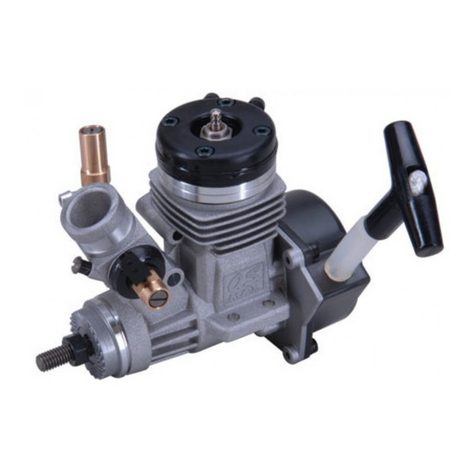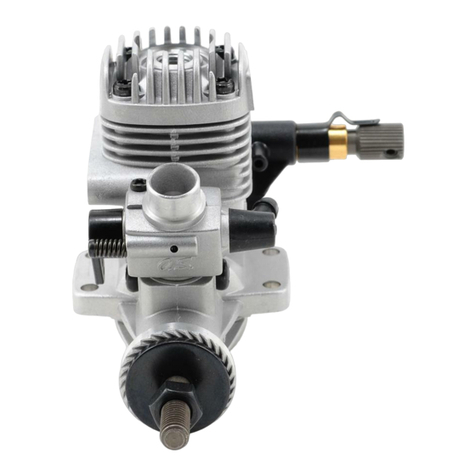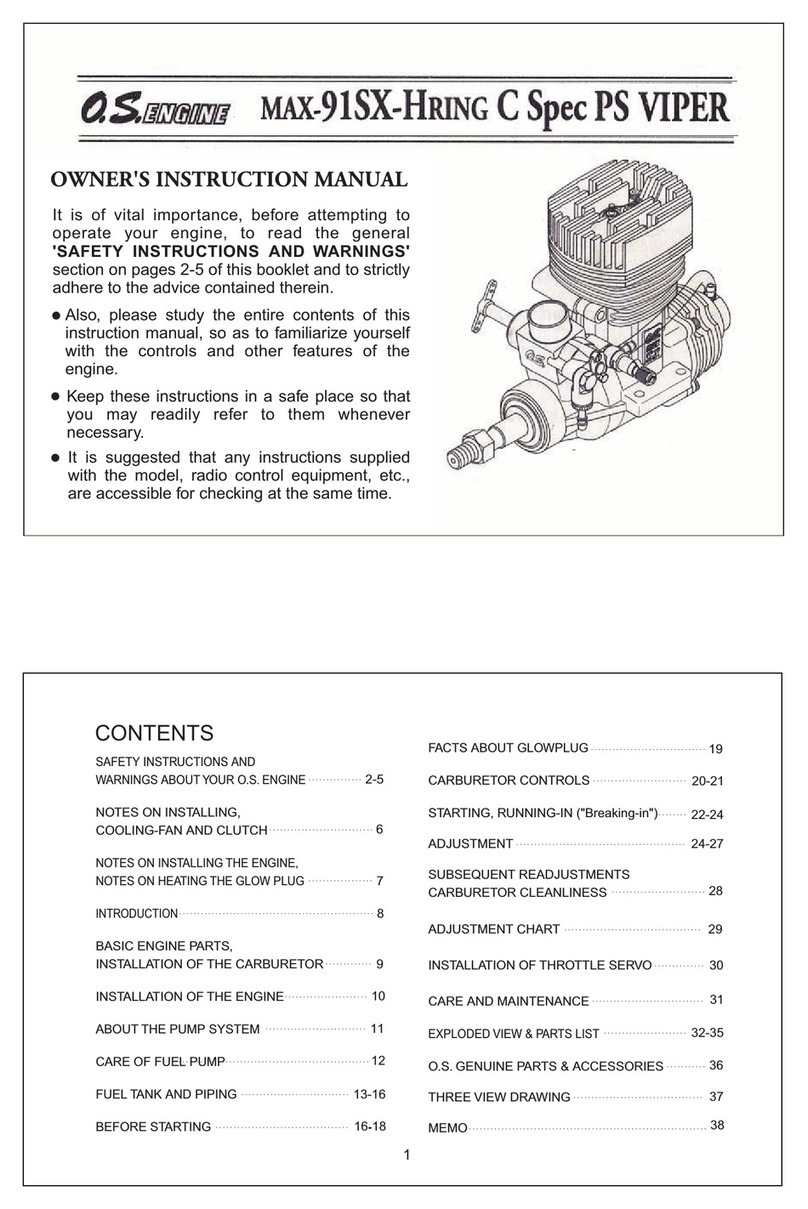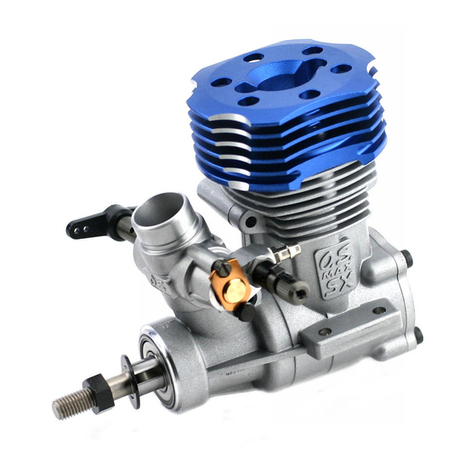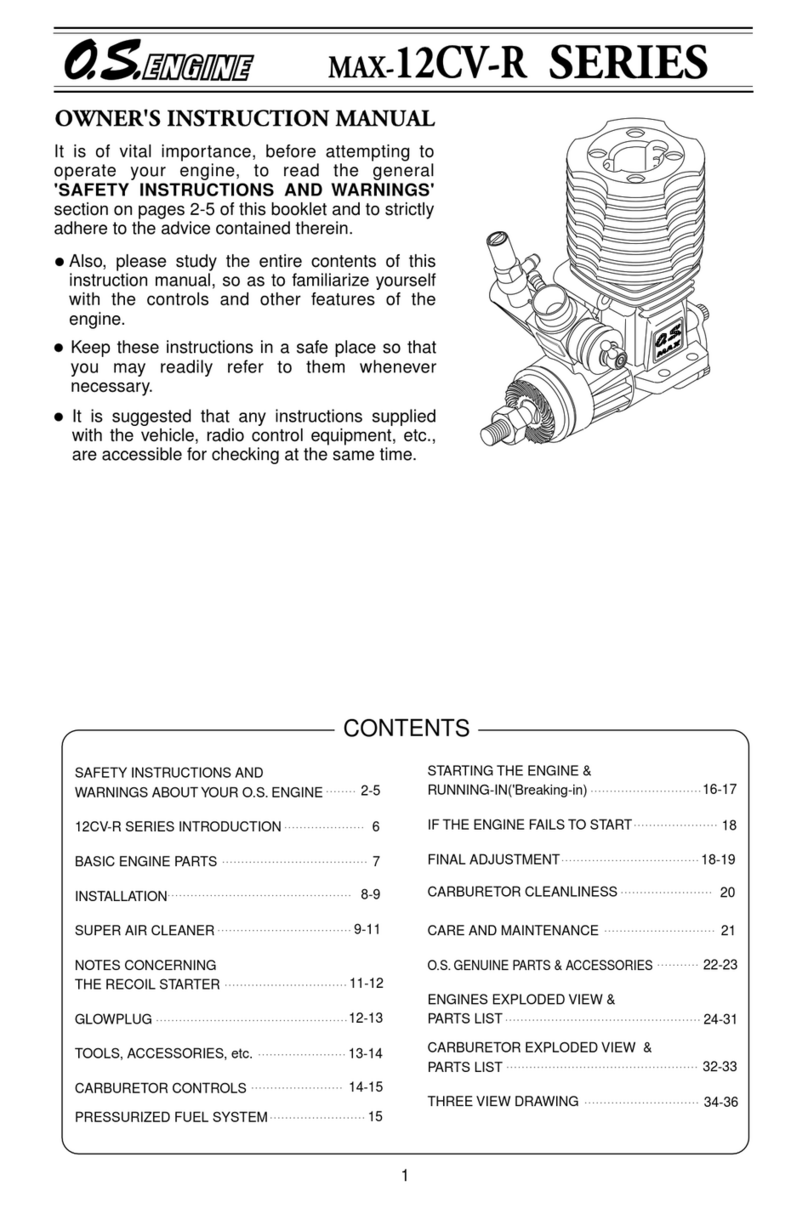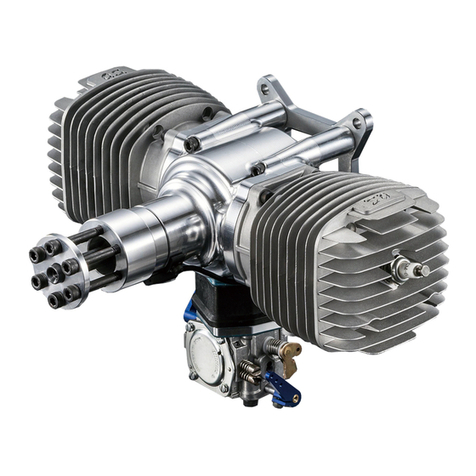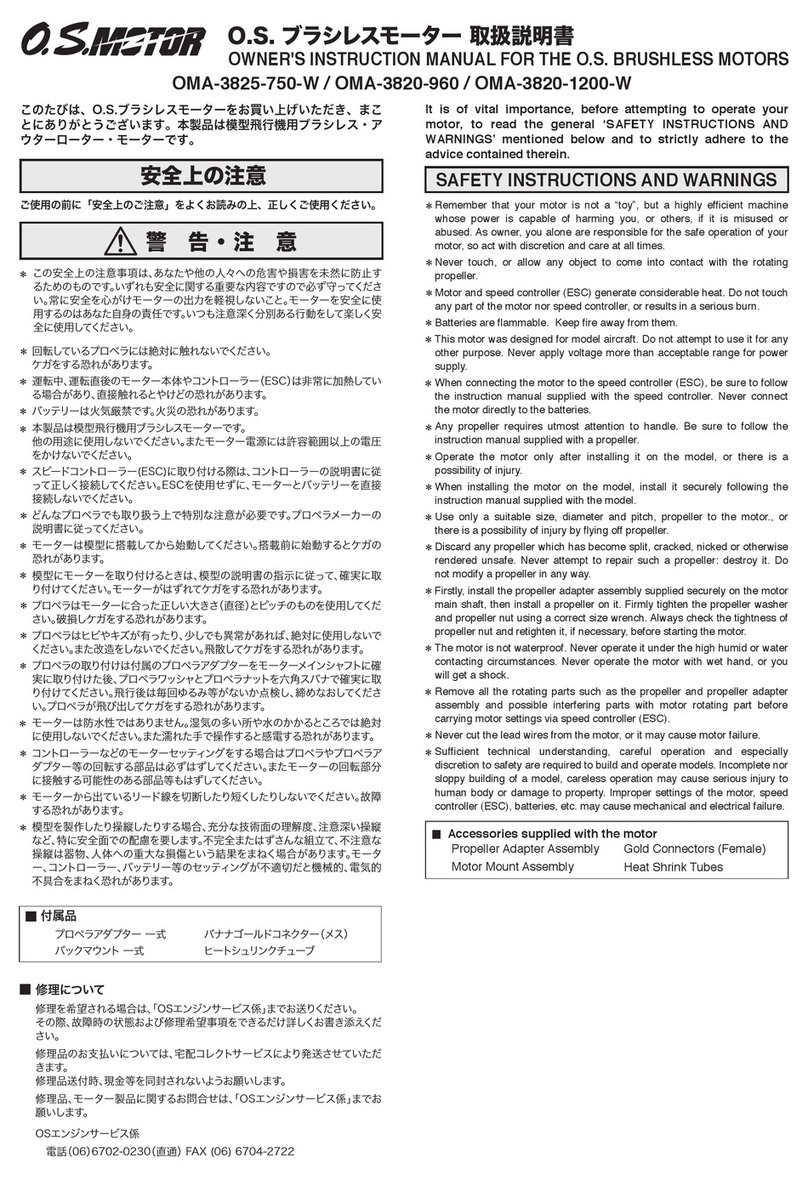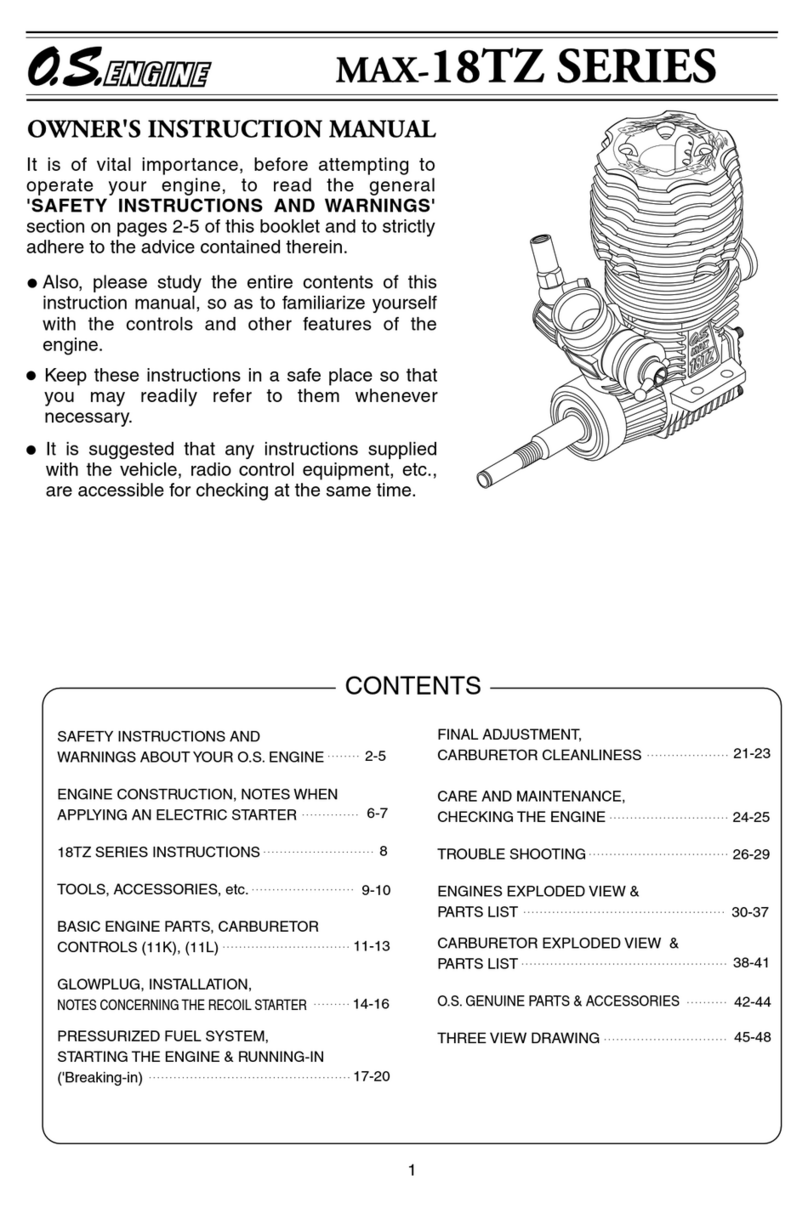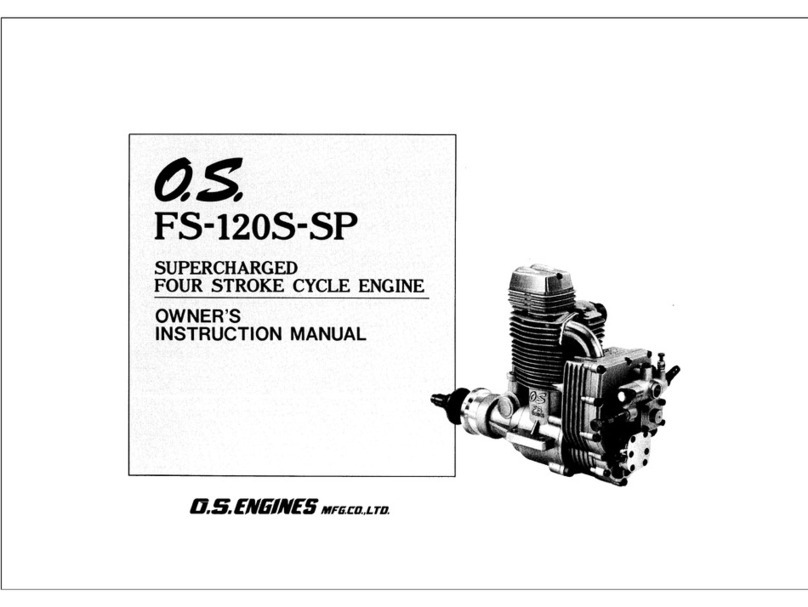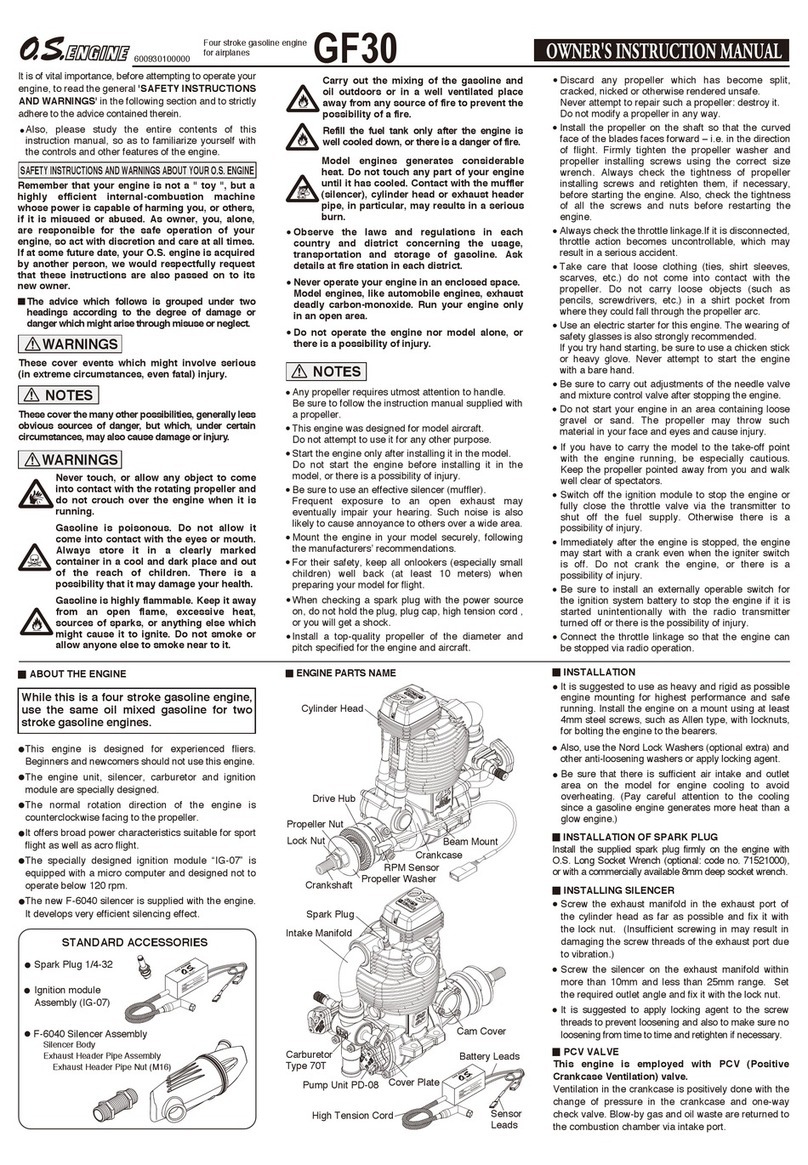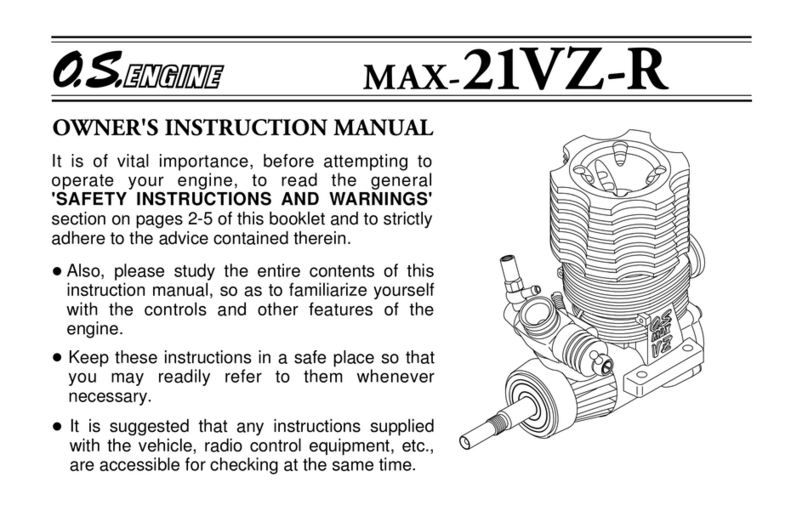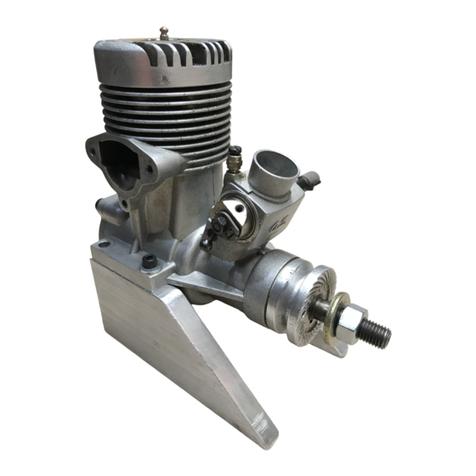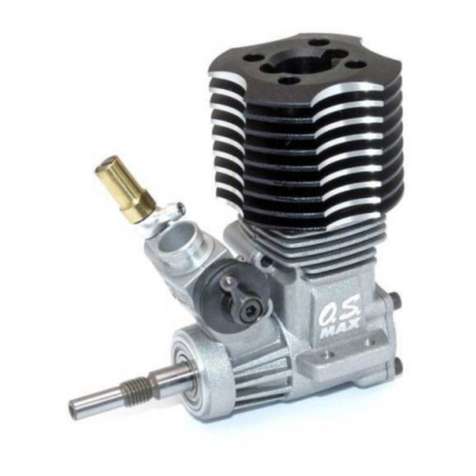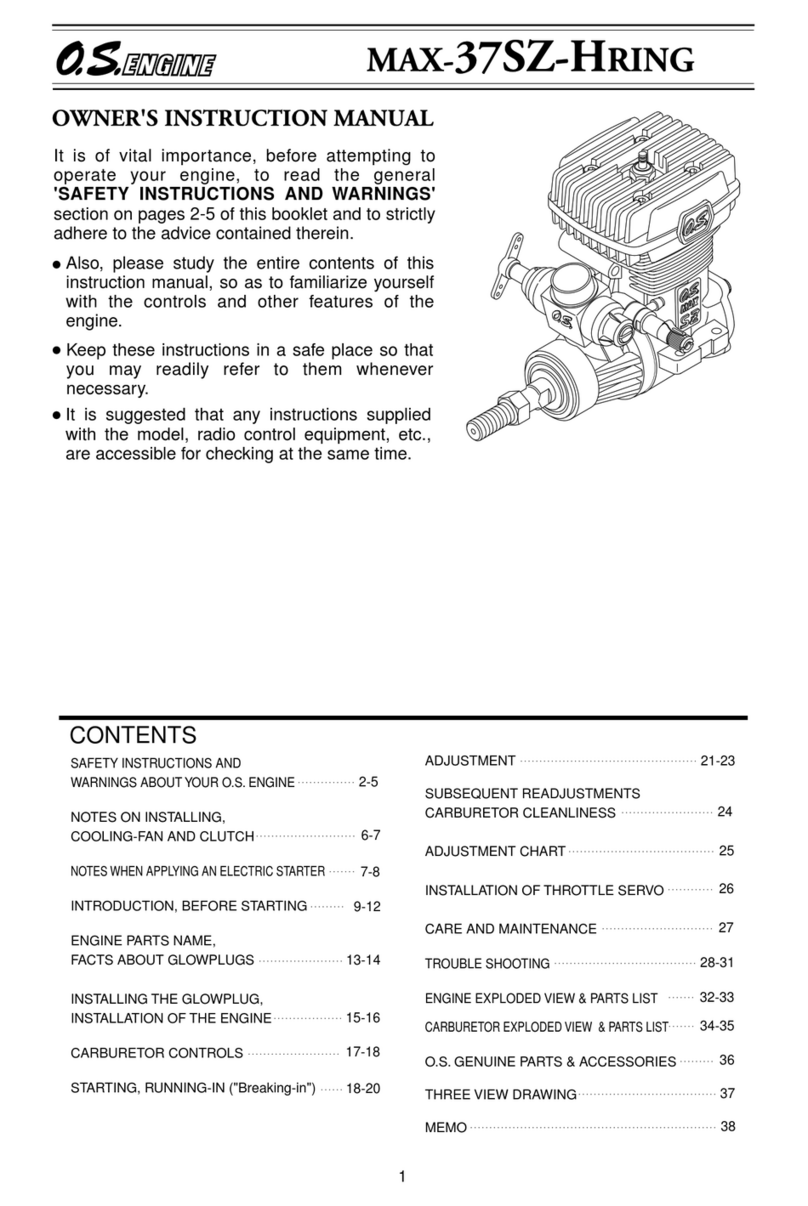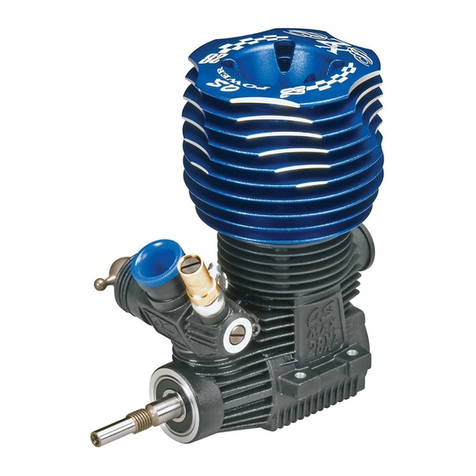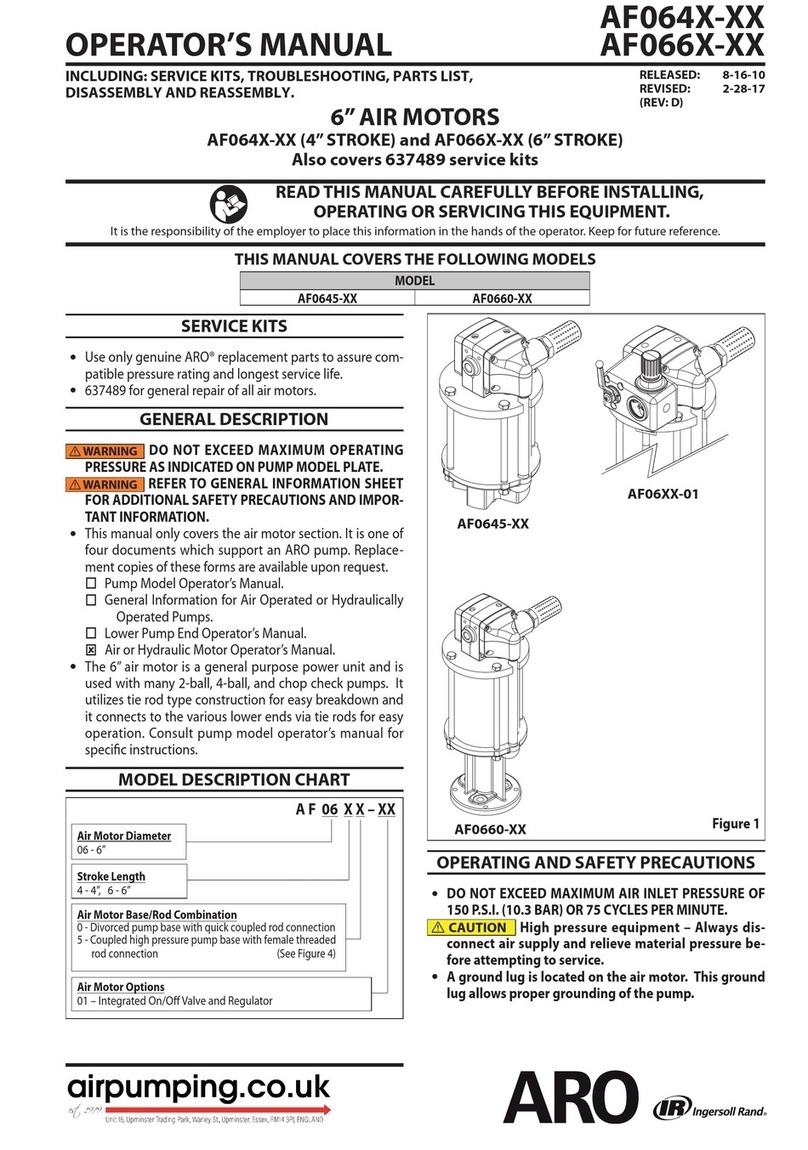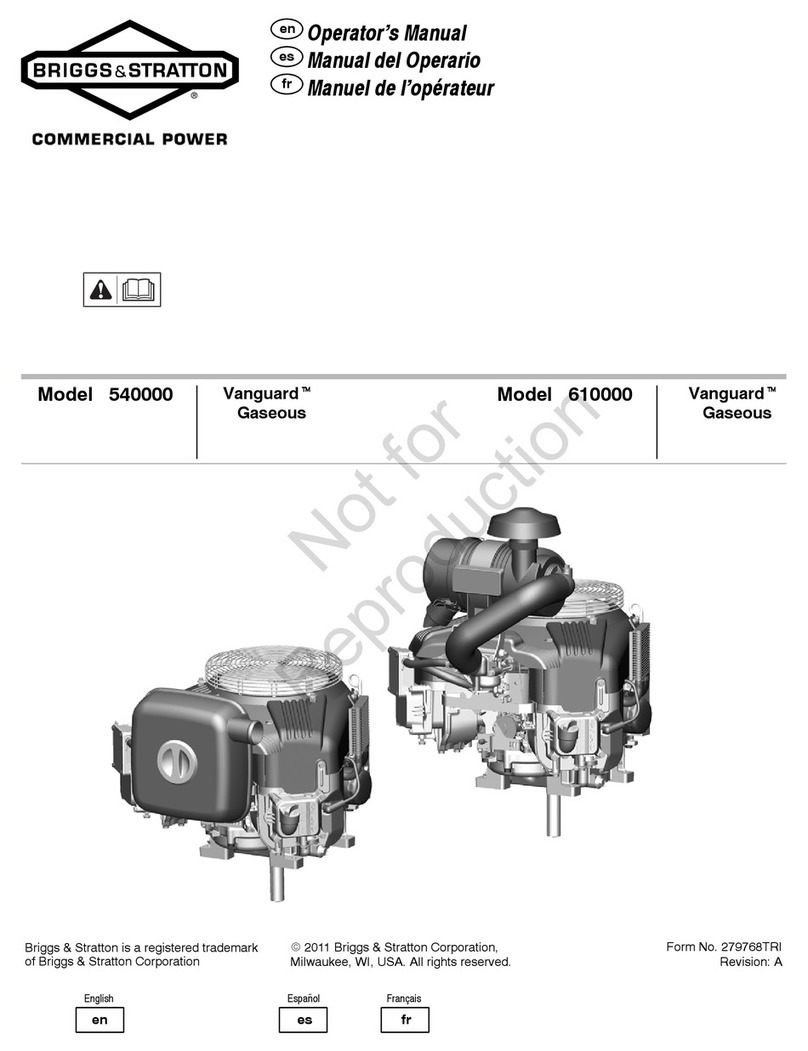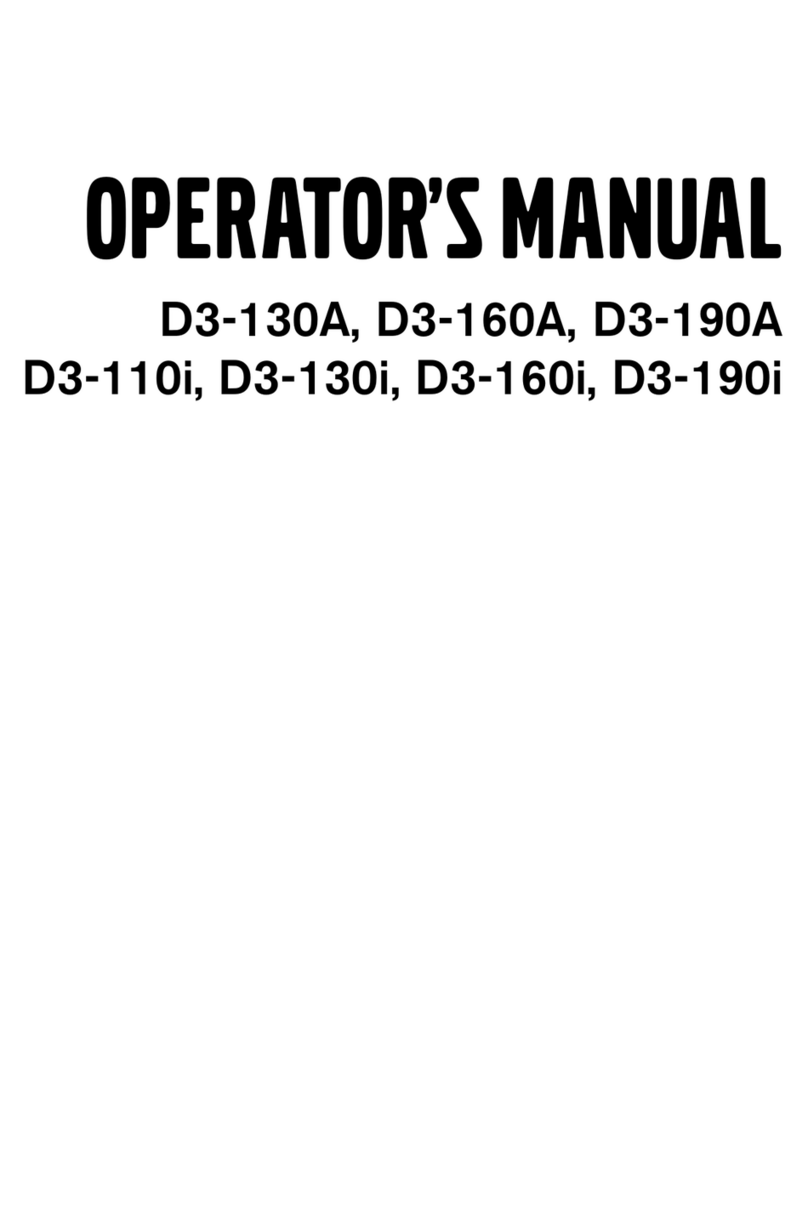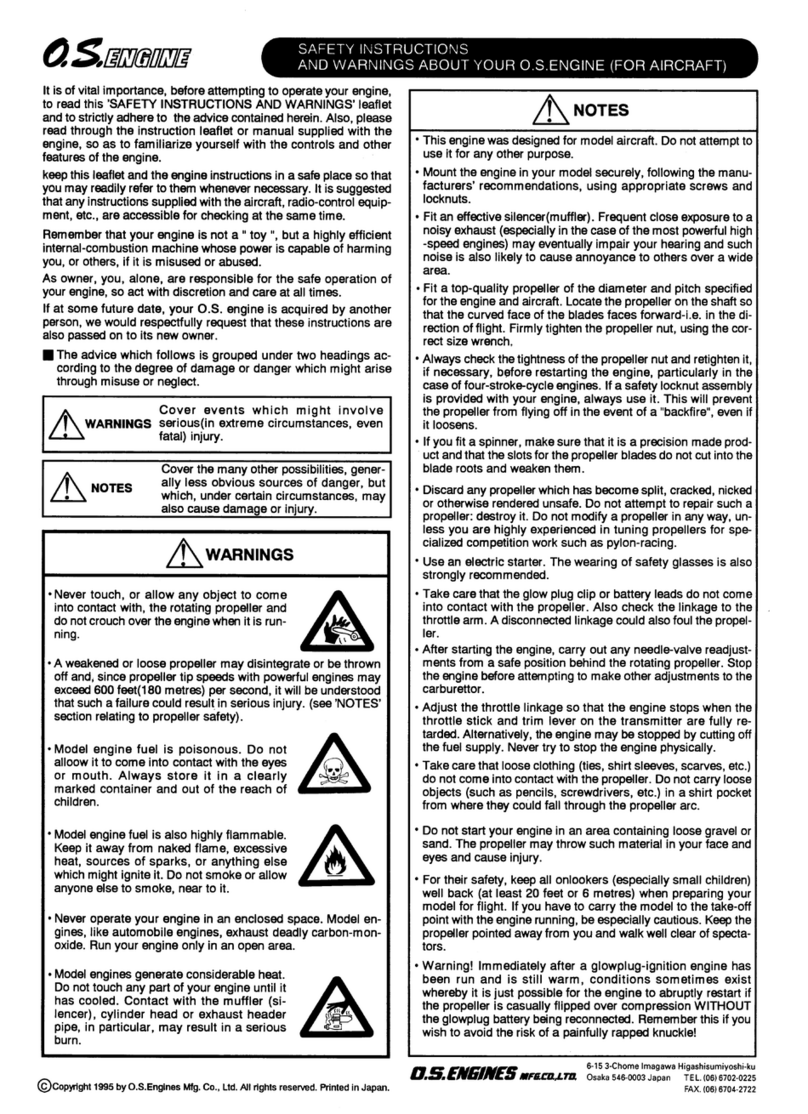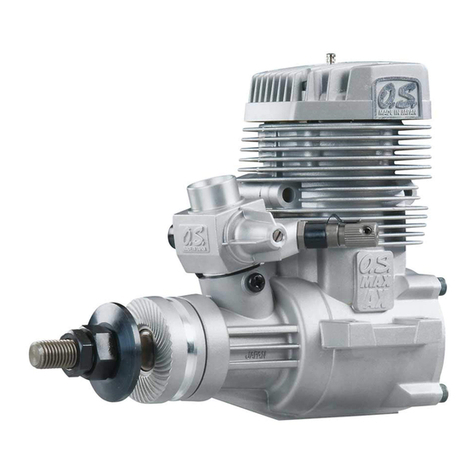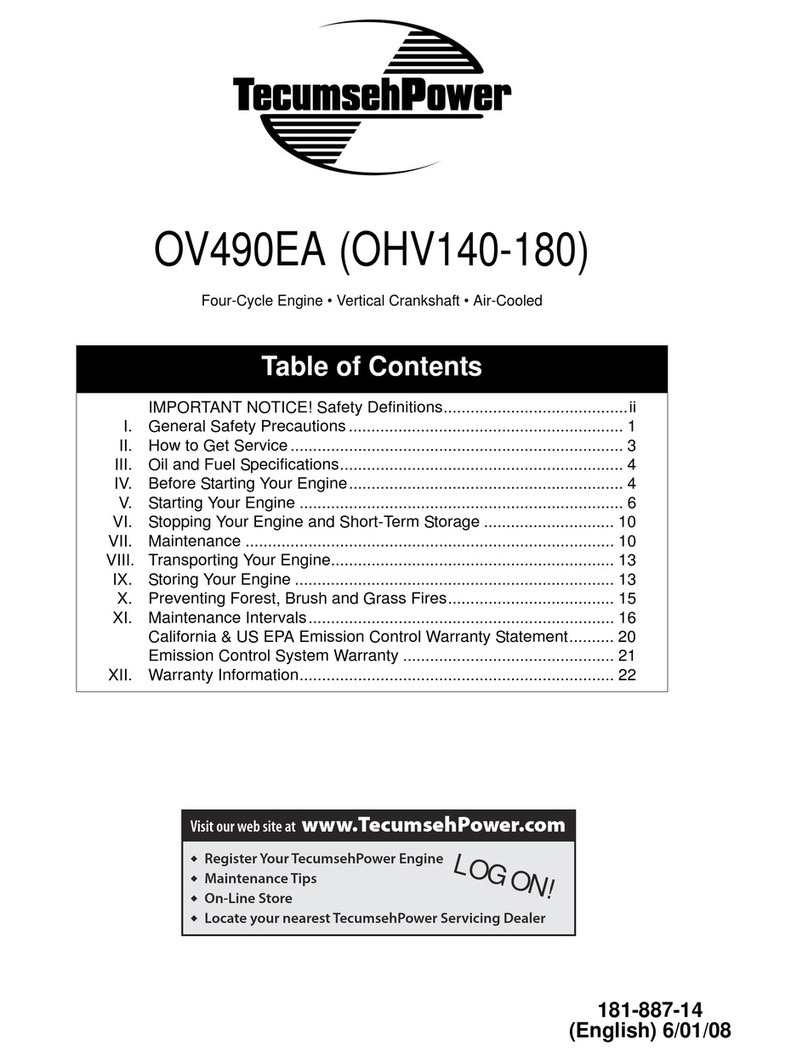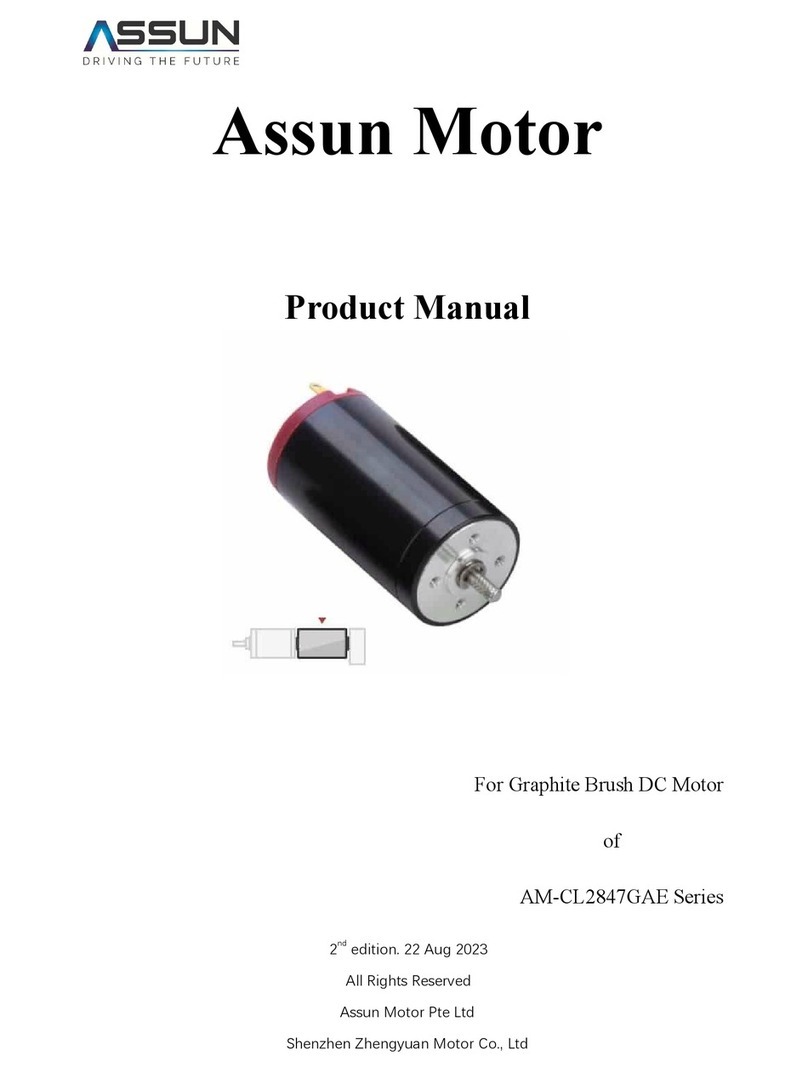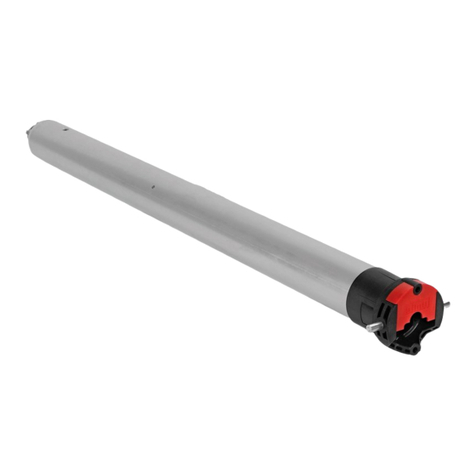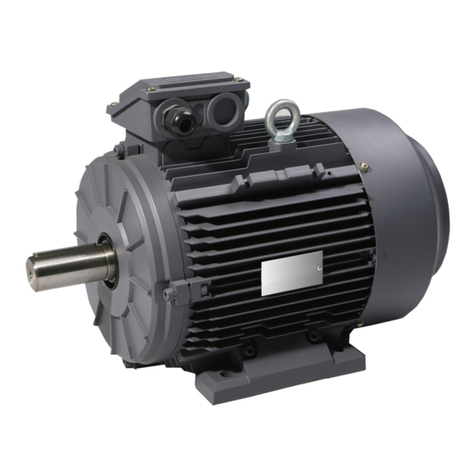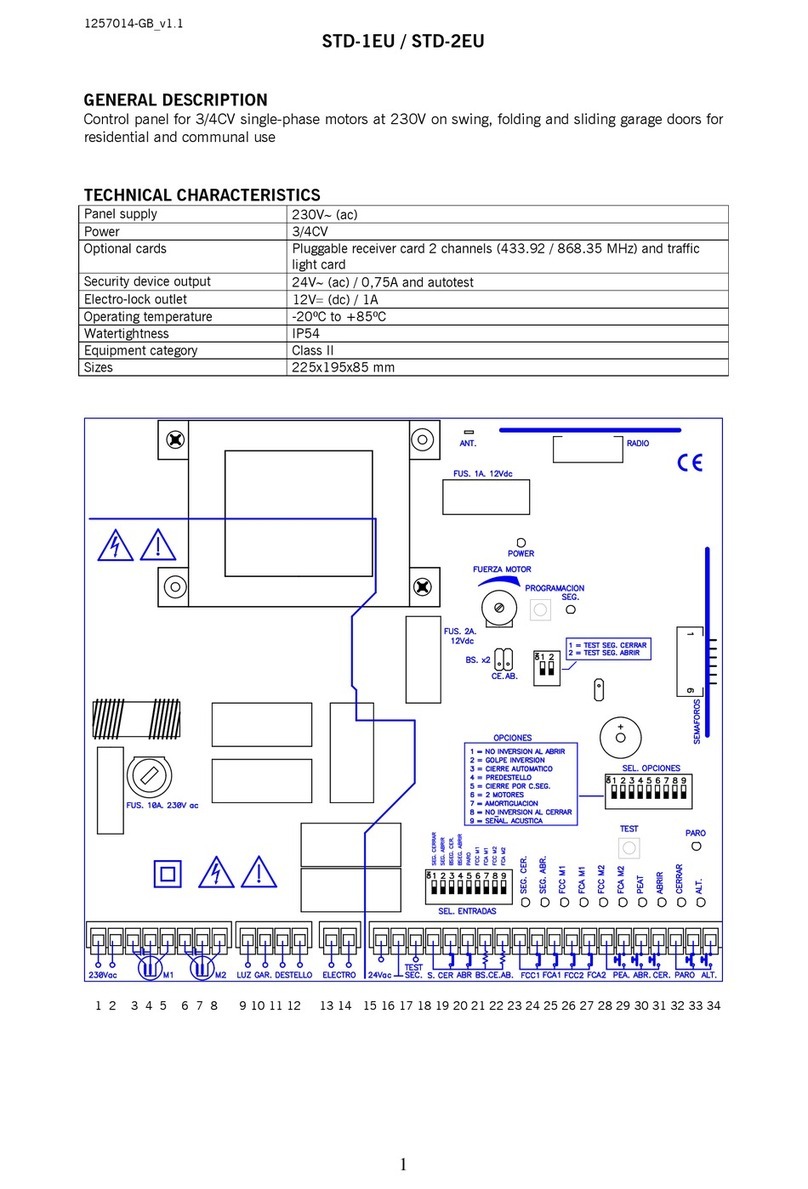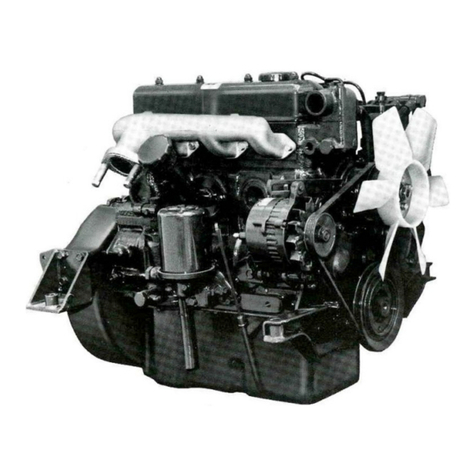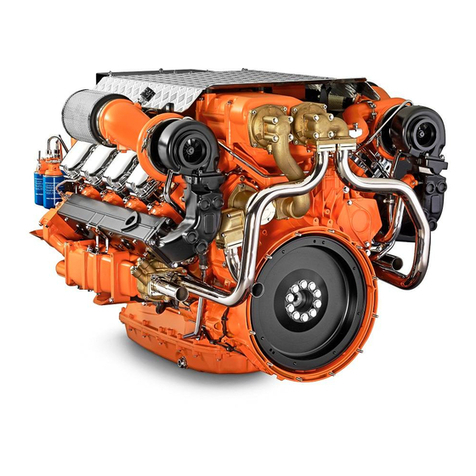2/ 18
1. ABOUT THIS MANUAL
It is of vital importance, before attempting to operate the engine, to read this booklet and adhere to the
advice contained herein. The “SAFETY INSTRUCTIONS AND WARNINGS” (below) must be read first.
2. SAFETY INSTRUCTIONS AND WARNINGS
(1) The power of the engine is capable of harming you, or others, if it is misused or abused. As an owner
you are responsible for the safe operation of the engine, so act with discretion and care at all times.
(2) The advice which follows is grouped under two headings according to the degree of damage or danger
which might arise through misuse or neglect.
WARNING-These cover events which might involve serious (in extreme circumstances, even fatal) injury.
ATTENTION- These cover the many other possibilities, generally less obvious sources of danger, but which,
under certain circumstances, may also cause damage or injury.
(3) WARNINGS
①Never touch, or allow any object to come into contact with the rotating propeller and do not crouch over
the engine when it is running.
②Gasoline is poisonous. Do not allow it comes into contact with the eyes or mouth. Always store it in
a clearly marked container in a cool and dark place and out of the reach of children. There is a possibility
that it may damage your health.
③Gasoline is highly flammable. Keep it away from an open flame, excessive heat, sources of sparks, or
anything else which might cause it to ignite. Do not smoke or allow anyone else to smoke near to it.
④Carry out the mixing of the gasoline and oil outdoors or in a well-ventilated place away from any source of
fire to prevent the possibility of a fire.
⑤Refill the fuel tank only after the engine is well cooled down, or there is a danger of fire.
⑥The engine generates considerable heat. Do not touch any part of the engine until it has cooled.
⑦Observe the laws and regulations in each country and district concerning the usage, transportation and
storage of gasoline. Ask details at fire station in each district.
⑧Never operate your engine in an enclosed space. Model engines, like automobile engines, exhaust
deadly carbon-monoxide. Run your engine only in an open area.
⑨Do not operate the engine or UAV aircraft alone or there is a possibility of injury.
⑩When adjusting the output of regulate rectifier, make sure it match the voltage of power supplies, or it
could bring a danger of fire.
⑪Do not charger the battery while the regulator rectifier is working since it could bring the danger of fire.
(4) NOTES
①This engine is designed for UAV aircrafts. Do not attempt to use it for any other purpose.
② Start the engine only after installing it in the UAV aircraft. Do not start the engine before installing it in
the aircraft, or there is a possibility of injury.
③ Be sure to use an effective silencer (muffler). Frequent exposure to an open exhaust may eventually
impair your hearing. Such noise is also likely to cause annoyance to others over a wide area.
④ Mount the engine in the aircraft securely, following the manufacturers’ recommendations.
⑤ For people safety, keep all onlookers (especially small children) well back (at least 30 meters) when
preparing the aircraft for flight.
⑥When checking a spark plug with the power source on, do not hold the plug or the plug cap, the high-
tension cord, or you will get a shock.
⑦Always check the throttle linkage. If it is disconnected, throttle action becomes uncontrollable, which
may result in a serious accident.
⑧Take care that loose clothing (ties, shirt sleeves, scarves, etc.), do not come into contact with the propeller.
Do not carry loose objects (such as pencils, screwdrivers, etc.) in a shirt pocket from where they could fall
through the propeller arc.
⑨Use an electric starter for the engine. To wear safety glasses is strongly recommended. If you try
hand starting, be sure to use a safety stick or heavy glove. Never attempt to start the engine with a bare
hand.
⑩Do not start the engine in an area containing loose gravel or sand. The propeller may throw such
material in your face and eyes and cause injury.



















